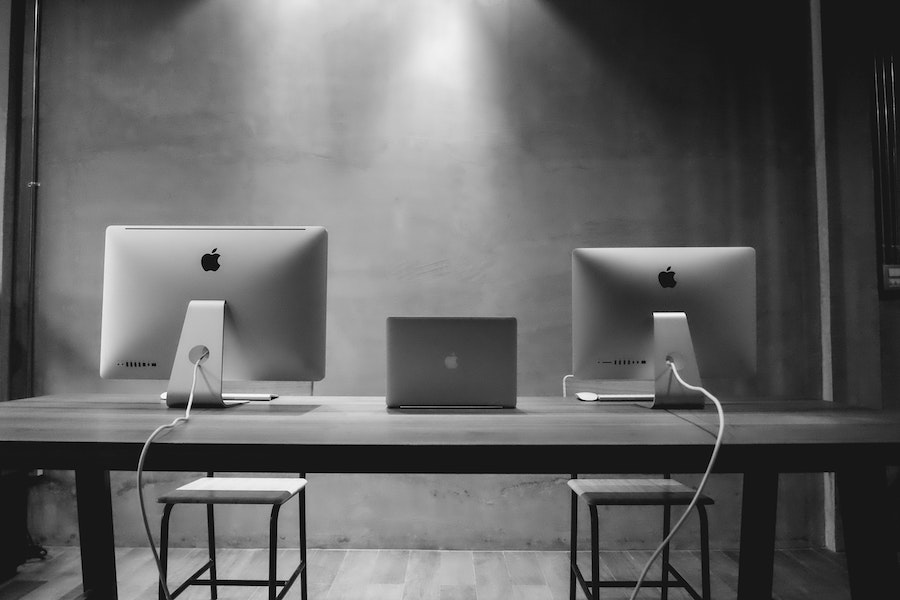This article was originally published in October 2020.
The sector must adapt if it is to survive, but what kind of changes can we expect?
There has been much speculation that we are facing the end of the office. With remote working now the default across many industries, the future of traditional workplaces is uncertain. It is unlikely that we will see a complete return to our old ways of working in the near future. Indeed, it does not seem to be desired by a large proportion of the workforce. Recent surveys have shown that Brits are more reluctant than our European counterparts to return to the office full-time, having grown accustomed to working remotely. However, we are all human beings and need direct contact – you will not get tht from endless Zoom and Teams calls.
In the short to medium term at least, social distancing measures make it difficult for many employers to bring their whole workforce back at once. Businesses will instead rotate their staff and expect workers to spend two to three days in the office and the rest of the working week at home. How long this model lasts will depend largely on how quickly a vaccine is developed. Nevertheless, office providers have already started adapting their spaces to the requirements of infection control.
Factors such as the amount of space between desks and chairs in meeting rooms will have to be considered, as will the provision of sufficient lockers and showers, given the general desire to avoid public transport by walking, running or cycling into work instead. By now, we are all used to hand-sanitiser points and temperature checks as we enter public spaces, but more significant changes may be required. For multi-let buildings, reception areas and waiting rooms may have to be enlarged to enable safe distancing, and screens may have to be installed to protect staff. We will also have to think about minimising touchpoints such as door handles and lift buttons, and there are already innovative solutions such as proximity sensors being developed as alternatives.
Companies might move to a smaller city-centre HQ and supplement it with various outposts in more suburban areas that are easy to travel to
Is this the end of the city? Headquarters in London and other major cities have been the status quo for businesses large and small for quite some time. Yet as more companies realise that most of their business can be conducted from any location, they may start to question the premium being paid for large bases in major conurbations. We are already starting to see discussions among agents about a hub-and-spoke model, whereby companies might move to a smaller city-centre HQ and supplement it with various outposts in more suburban areas that are easy to travel to yet retain the benefits of an office environment. We could see demand surge for spots like business parks that are close to train stations and arterial roads and have lots of parking space. However, the counterbalance to this is: will corporates really create yet another office (particularly during a recession) to add to the city centre and working-from-home office?
Is this, then, the end of co-working? After its meteoric rise in recent years, debate around the future of co-working is hard to ignore. While the pandemic has caused us to question the viability of working in close proximity to our colleagues every day, it has thrown even greater doubt over the future of communal workspaces with shared facilities where strangers may come and go on a short-term basis. On this principle alone, flexible offices face a worrying future. If remote working is to become a part of ‘the new normal’, then larger companies may be looking to consolidate their property in the near future.
Flexible offices will therefore be the first spaces occupiers look to vacate. On the other hand, one could argue that these workspaces could become more desirable in future, given the ease with which companies can flex space up and down to suit their requirements. Additionally, the mere fact that employers will have to become more relaxed about how and when their staff come into work means that flexible office spaces could be a more appropriate choice from a cost perspective.
Offices are clearly changing. Yet there are still opportunities for investors in traditional office space as the country adjusts to new ways of working. The office will adapt, but it will not die.








